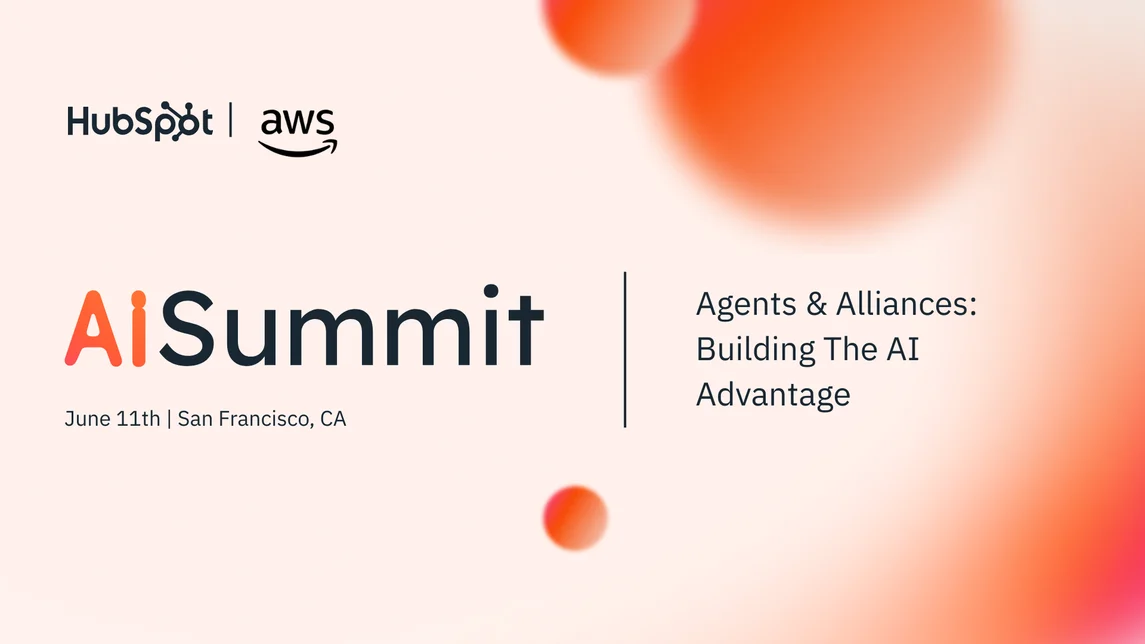While many AI conferences cater to large enterprises or venture-backed startups, several ideas discussed at HubSpot’s AiSummit 2025 hold particular relevance for smaller firms. These are not abstract theories or long-range forecasts. They are observable trends already influencing how lean organizations adopt and manage AI in their day-to-day operations. At SMBinfo, we help small businesses make these ideas actionable within practical constraints.
Focus on Repetitive, Well-Defined Tasks
The most immediate gains from AI come from automating work that is rule-based, monotonous, and time-consuming. Examples include categorizing support requests, drafting initial outreach emails, or populating CRM records from form submissions. These tasks are rarely strategic but consume disproportionate time.
SMBinfo encourages clients to begin here. Resist the impulse to automate creative or interpretive work. Instead, start with the portions of your business that are process-driven and measurable. Identify work that you would assign to a junior employee with a checklist. That is where AI is already effective.
Assign Clear Responsibility for Oversight
No AI tool, regardless of its promises, will function indefinitely without supervision. Once implemented, these systems require calibration, review, and occasional correction. For small businesses, this does not require a dedicated role, but it does require accountability.
At SMBinfo, we advise clients to designate a single internal owner for each system that incorporates AI. That person should be responsible for monitoring performance, adjusting inputs, and ensuring that the tool continues to serve its original purpose. Left unmanaged, automated systems tend to drift.
Technology Is Outpacing Institutional Readiness
The rate of progress in language models, interfaces, and automation frameworks is outstripping the pace at which most businesses can adapt. The primary constraint is not software availability, but organizational readiness—meaning the policies, processes, and routines necessary to make use of the tools already available.
This insight is particularly important for small businesses, which often feel they are “behind.” In our experience, the more appropriate framing is to ensure that each investment aligns with a specific operational goal. Pursuing AI for its own sake, or attempting to match the feature sets of larger firms, typically produces confusion and wasted effort.
Data Hygiene Remains a Prerequisite
The quality of output from any AI system is directly influenced by the data it receives. If your CRM contains outdated, inconsistent, or fragmented records, then introducing automation will likely magnify those flaws. A common mistake is to assume that the tool will compensate for disorganized input.
We begin most client engagements with a diagnostic review of HubSpot configuration, property consistency, and record quality. This foundational work is rarely glamorous, but it is essential. Without it, AI functions remain speculative.
Pricing and Value Must Be Reexamined
Many AI tools now charge based on usage, consumption, or delivered outcomes, rather than traditional seat-based models. This shift requires business owners to reexamine how they assess return on software investments. A license that was once justified by frequency of access must now be measured against task completion or revenue contribution.
At SMBinfo, we help clients analyze cost structures not as fixed software expenses, but as inputs into business performance. The relevant question is not how often a tool is used, but whether it meaningfully improves speed, accuracy, or capacity.
Speed of Execution Is the Practical Advantage
Although technological parity is increasingly common, the ability to identify a need, select a tool, and deploy it effectively remains uncommon. The firms seeing measurable benefit from AI are those that treat implementation as a continuous discipline, not a one-time project.
In our work with small businesses, the clients who succeed with AI tend to share a consistent pattern: they take small, well-scoped steps, evaluate results critically, and adjust course without delay. They do not pursue perfection. They pursue improvement.
Conclusion
While many of the case studies presented at AiSummit 2025 originated in enterprise contexts, the underlying principles are applicable at all scales. Small businesses do not require access to advanced infrastructure to participate meaningfully in this phase of AI adoption. They require focus, clarity of purpose, and disciplined execution.
SMBinfo supports business owners who want to move beyond experimentation. We help establish reliable foundations, guide practical automation decisions, and ensure that AI becomes a functional contributor, not a distraction.

